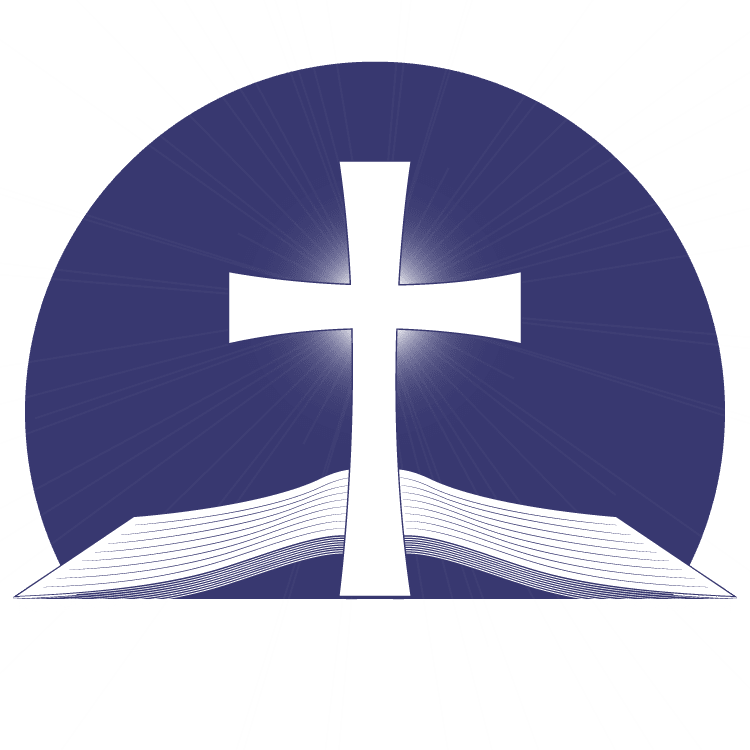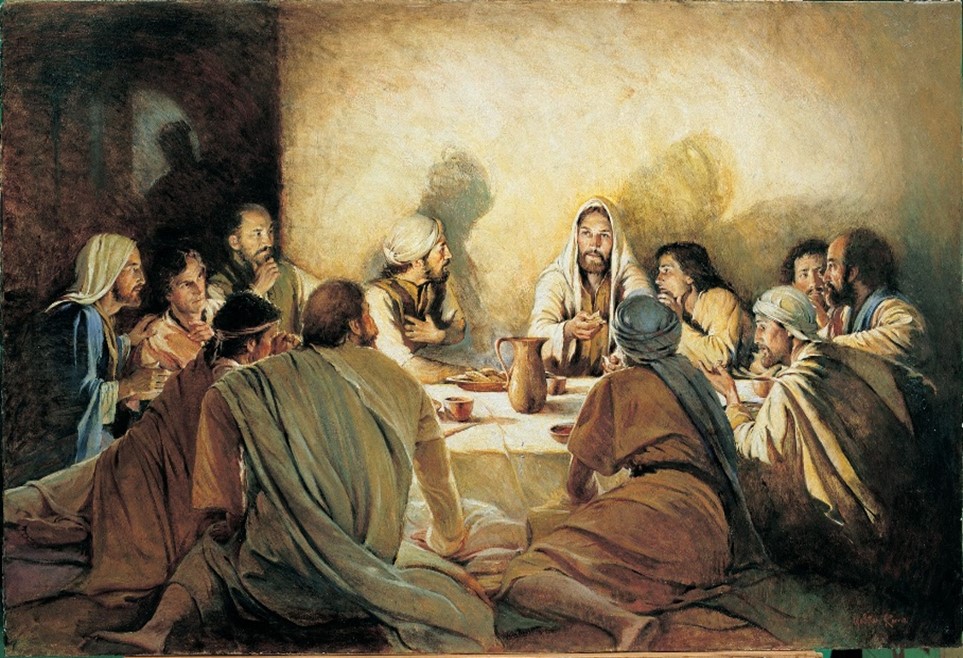Old Testament Reading–Isaiah 53:1-7
New Testament Reading–1 Peter 1:14-20
The Suffering Savior
“The Passover Lamb”
The Observance of the Lord’s Supper
Mark 14:11-26
Wayne J. Edwards, Pastor
For Jesus to be the Messiah He claimed to be, He had to fulfill every biblical prophecy completely, not just close enough.
- Therefore, if Jesus was our Passover Lamb, He had to be crucified at the same hour the Jews were killing their lambs for the observance of Passover, and that doesn’t fit with the “Friday to Sunday” calendar of events adopted by the church in the 4th
- However, when you view the events of the last week of Jesus’ earthly life from the perspective of biblical prophecy rather than church history and from a Jewish rather than a Roman calendar, the events of our Lord’s last week fit into place perfectly.
- According to the “Three days and three nights” chart, Matthew, Mark, and Luke wrote according to Jewish time, i.e., the days were from “sunset to sunset,” just as God established in Genesis when He said, “The evening and the morning were the first day.”
- Following the Jewish calendar and calculations of time, Jesus was crucified Wednesday, Nisan 13, around 3:00 PM, quickly buried before 6:00 PM, and He remained in the grave three full days and three full nights until He was resurrected “on the first day of the week,” which began at 6:00 PM on Saturday.
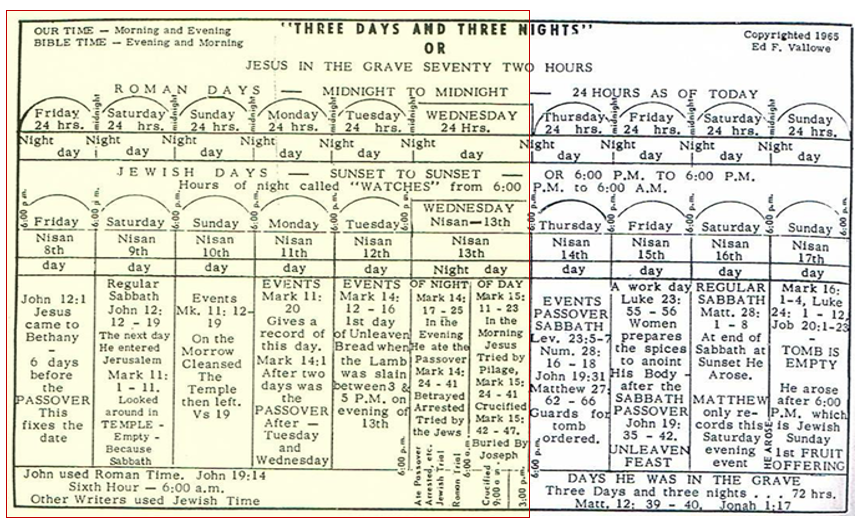
WHAT IS ON THE SEDER PLATE
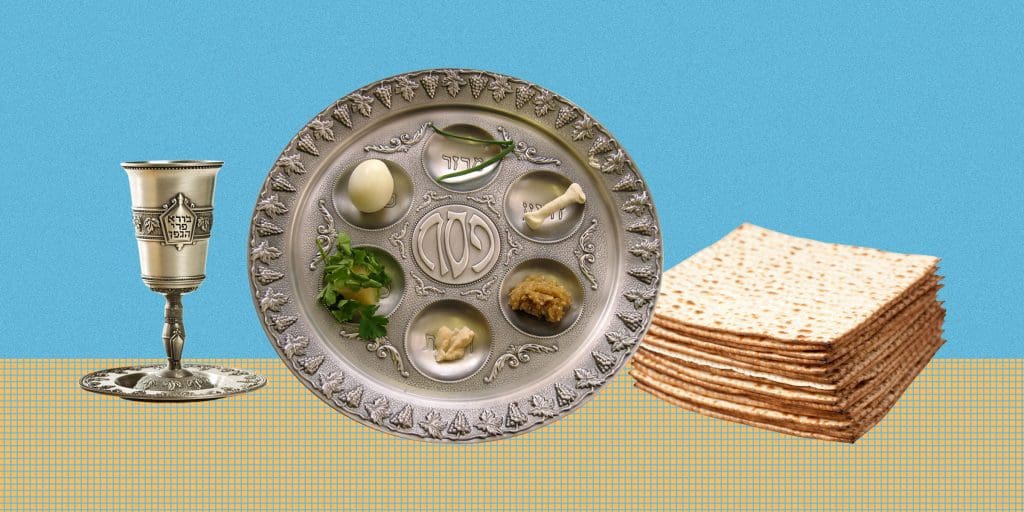
The Passover Seder Plate contained certain kinds of food that symbolized the suffering the Israelites endured as slaves in Egypt, and how they were set free by the mighty hand of God. The traditional items included:
- Z’roa — A roasted lamb or goat shank bone, symbolizing the korban Pesach (Passover sacrifice), which was a lamb that was offered in the Temple in Jerusalem, roasted and eaten as part of the meal on Seder night. Since the destruction of the Temple, the Z’roa serves as a visual reminder of the Pesach sacrifice.
- Matzot – Three pieces of unleavened bread. The middle piece will be broken, and half of it put aside for the afikomen. The top, and the other half of the middle, and the bottom pieces will be used for the meal.
- Karpas — A sprig of parsley or a stalk of celery that will be dipped in saltwater at the beginning of the Seder. The salt water represents the tears and the pain felt by the Hebrews as slaves in Egypt.
- Maror and chazeret — Bitter herbs, symbolizing the bitterness and harshness of the slavery in which the Hebrews endured in Egypt.
- Charoset — A sweet mixture representing the mortar used by the Hebrew slaves to build the storehouses or pyramids of Egypt.
- Beitzah — A hard-boiled egg, symbolizing the sacrifice offered in the Temple in Jerusalem, roasted and eaten as part of the Seder meal.
- Four cups of wine for each person to sip as directed, including the cups of sanctification, judgment, redemption, and rejoicing.
|
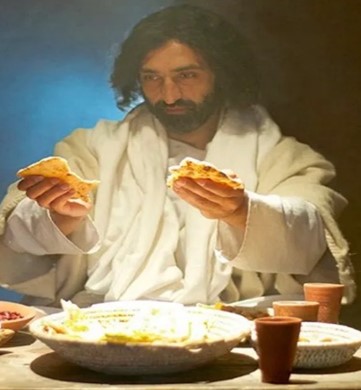 |
“While they were eating, Jesus took some bread, and after a blessing, He broke it, and gave it to them, and said, “Take it; this is My body.” Then He took the cup, and when He had given thanks, He gave it to them, and they all drank from it. And He said unto them, this is My blood of the new covenant, which is shed for many.”
Mark 14:22-24
|
How do we bridge the Passover Seder with the Lord’s Supper?
- In 1 Corinthians 5:7, the Apostle Paul wrote, “For indeed Christ, our Passover, was sacrificed for us. Therefore, portions of the Seder plate related to Jesus as the Messiah.
- The shank bone of a lamb –
- In John 1:29, John the Baptist referred to Jesus as the “Lamb of God who takes away the sins of the world.”
- In Exodus 12:46, Moses told the Israelites that the lamb’s bones were not to be broken, foreshadowing one of the specific prophecies that proved Jesus was the Savior sent from God.
- The sprig of parsley that was dipped in salt water to illustrate the hyssop that was dipped in blood also pictured the hyssop that was used to offer Jesus a sponge filled with vinegar when He cried out in thirst.
- The Charoset that represented the mortar the Israelites used in Egypt is a picture of that blessed hope that we have of everlasting life.
- The four cups of wine representing the four steps in Israel’s deliverance from their Egyptian bondage also illustrate the four steps in our deliverance from the bondage of sin.
- Cup one – sanctification – “Therefore, say to the children of Israel: I am the Lord; I will bring you out from under the burdens of the Egyptians.”
- Cup two – deliverance – “I will rescue you from their bondage.”
- Cup three – redemption – “I will redeem you with an outstretched arm and with great judgments.”
- Cup four – restoration – I will take you as My people, and I will be your God”
- Jesus has already filled the first three cups on our behalf, and the fourth cup will be filled when He returns, and the whole world is restored from the curse of sin.
- The three pieces of Matzo or unleavened bread represent the Triune nature of God.
- The top, or first piece remains in the bag throughout the Seder, representing God the Father, whom no man has seen or can see.
- The bottom, or third piece represents the Holy Spirit who dwells within us and enables us to do God’s will.
- The second, or middle piece is the one the father broke in half, representing the broken body of Christ. The half the father put back into the bag represents the deity of Christ. The half the father wrapped in a linen cloth and hid from the family represents the humanity of Christ. The linen napkin pictured the linen in which the body of Christ was wrapped to be buried, and His presence is “hidden” from the eyes of those who will not seek for Him with all of their heart.
|
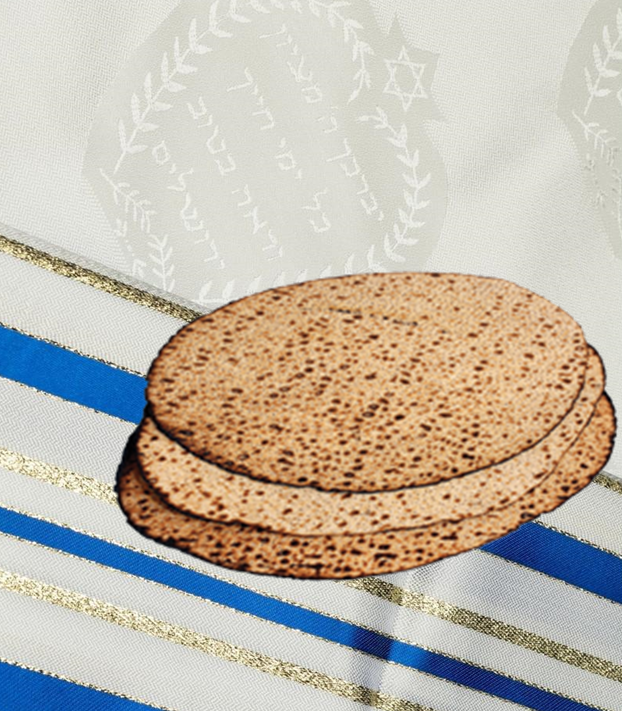
|
